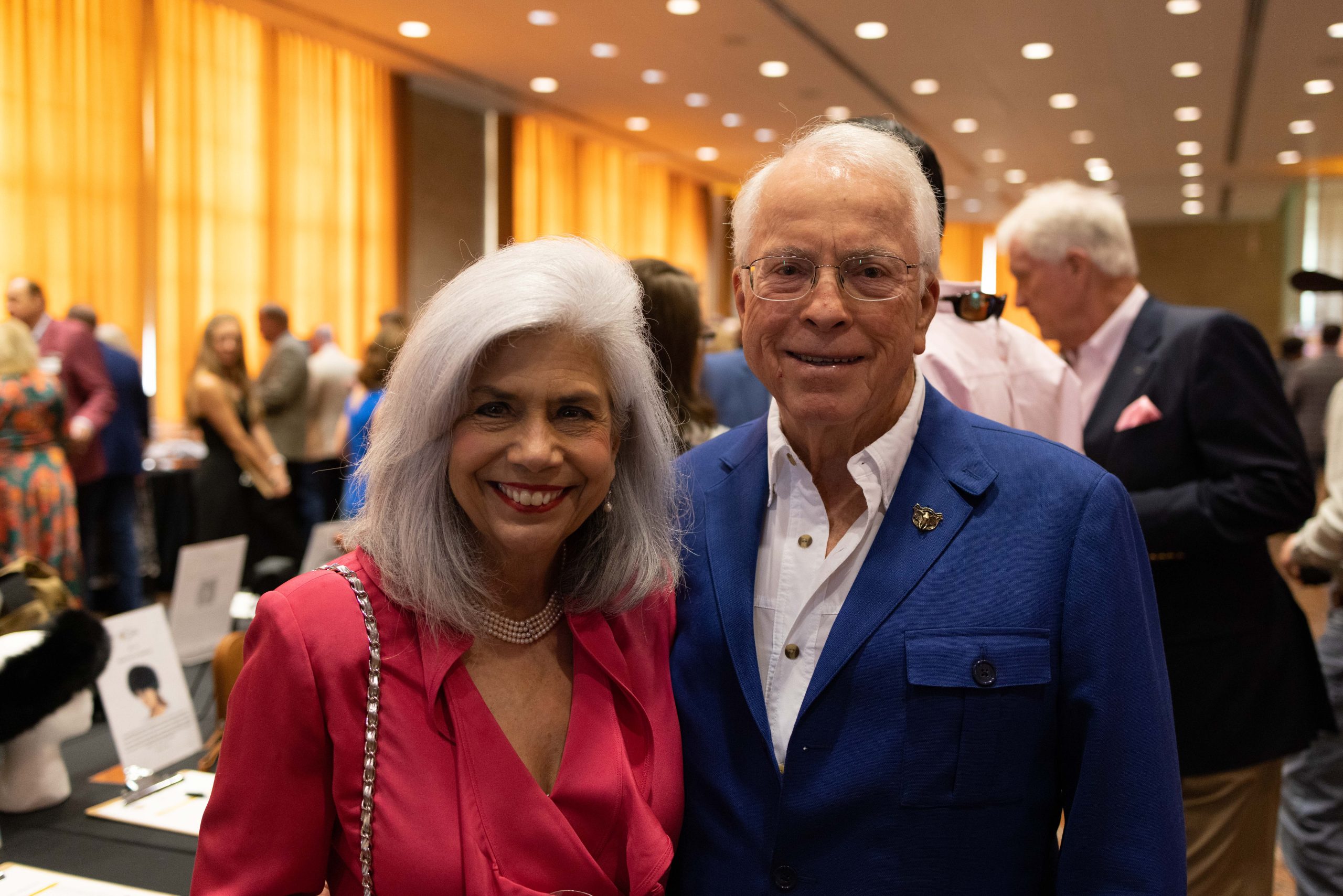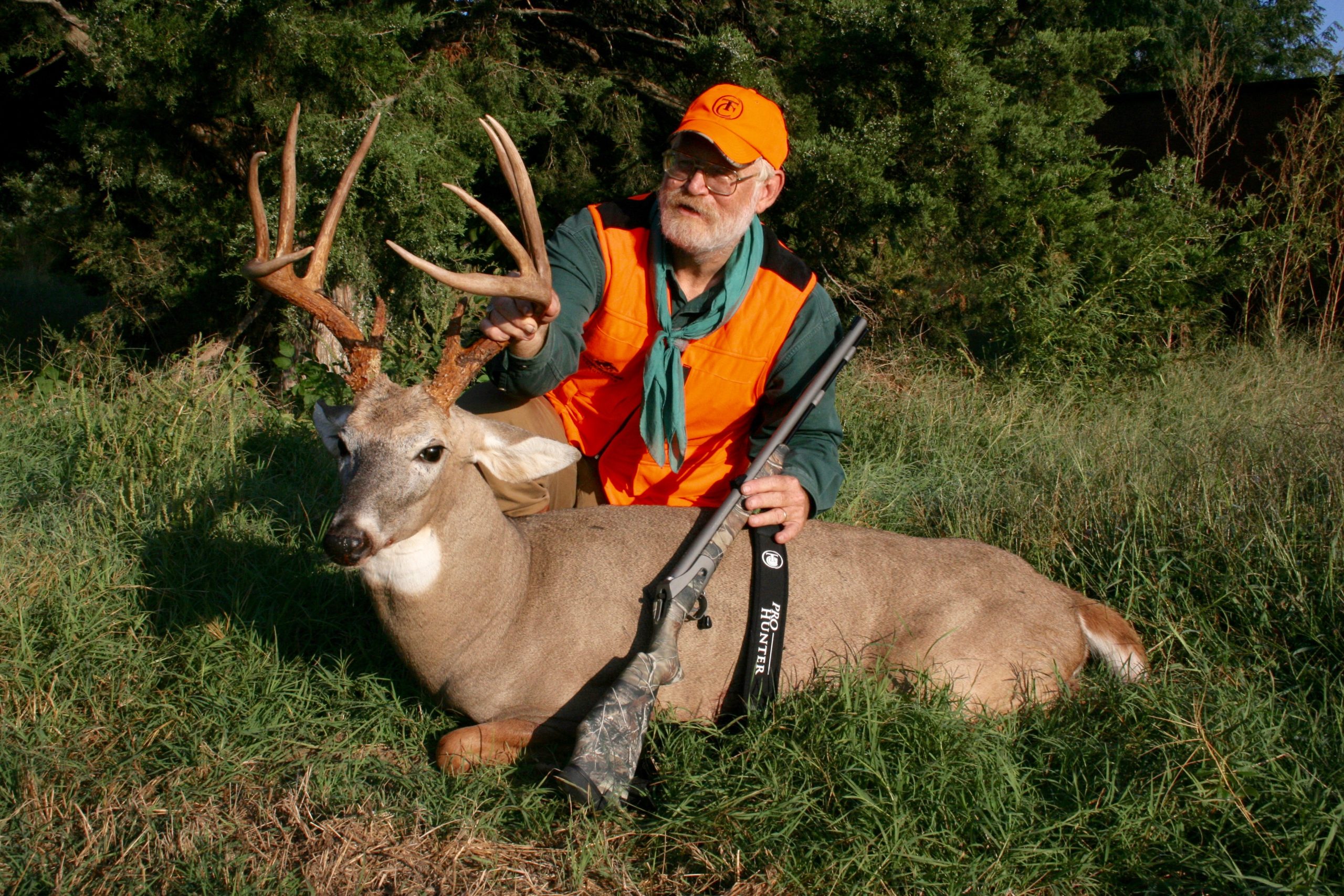Rethinking Arrow and Broadhead Performance
A NEW Series of Bowhunting Articles by the Ashby Bowhunting Foundation
Article 11: Factor 10 – Edge Bevel
Would you like to hunt with arrows and broadheads that give you pass-throughs on big game shot after shot? Would you like to have complete confidence in your arrows and broadheads to give you lethal penetration and reliable kills even if you hit bone? Of course, you would! Every serious bowhunter wants that kind of performance from their setup. Join us for Dr. Ed Ashby’s Top 12 Penetration Enhancement Factors.
After extensive testing, Dr. Ed Ashby identified twelve specific arrow penetration enhancement factors. He then ranked them in order of importance so that bowhunters would know the order of importance of the factors to give them a roadmap of where to start, what to build into their arrow and broadhead setups, and in what order so they could create the most reliable and lethal setups possible.
To optimize your arrow and broadhead builds, it is recommended that you incorporate as many of the 12 Penetration Enhancement Factors as possible. The tenth factor, edge bevel, will be discussed today.
“There is no down-side to using single bevel broadheads on any type of hit. There are demonstrated upsides on all hits. When bone is hit, bone splits conserve arrow force. On all hits there are rotation, increased bevel-angle Mechanical Advantage, a thinner, sharper edge and starburst cuts.” – Dr. Ed Ashby
Now, anyone who has been paying attention to the discussions occurring on social media regarding bevel type might be asking themselves, “How is this tenth on the list? It always seems to be a main point of discussion, but tenth out of 12 doesn’t seem that important.”
The answer — it depends on the situation.
Before we dive too far into those situations though, let’s break down exactly what we are discussing and what you should be considering when evaluating your chosen system.
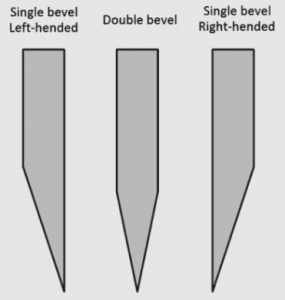
The cutting edge of your broadhead can be ground one of two ways (three if you count left/right). The way most people are familiar with from everyday life is called a double bevel. Look at most any pocketknife, kitchen knife, etc., and you will typically see a double bevel edge (at least in the U.S.). This means the cutting edge is ground equally on both sides, creating two bevels at matching angles. Where these angles meet is your actual cutting edge. While cutting, the matching angles result in equal pressure on both sides of the cutting edge, and the blade will tend to move in a straight line with no rotation.
In contrast, a single bevel is ground only on one side. The unequal bevels (opposite side is treated as zero degrees) results in unequal pressure while cutting and the blade being pushed to the side instead of moving in a straight line. In the case of a broadhead, you will have pressure occurring on both sides of the ferrule but in opposite directions resulting in rotation. This rotation is the critical difference between single and double bevel. Left or right bevel will dictate the direction of rotation, but aside from making sure the fletching offset/helical is matched to your bevel its inconsequential.
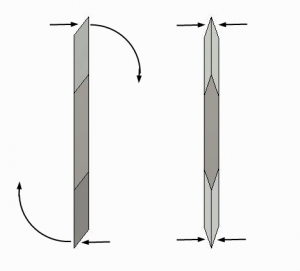
This rotation brings us back to why the importance of your edge bevel (and where it ranks) is situational.
On a “clean” hit, one where no bone is encountered, this rotation doesn’t have a drastic impact on overall performance, and the level of penetration that can be expected based on the data collected throughout the studies. The advantage of a single bevel in this scenario actually ties back to factor #7 edge finish. We already touched on this in article 8, but the total angle of both bevels can give you a good estimate of how sharp an edge can be when properly honed and stropped. The lower the total angle, the sharper the potential edge. With one of the bevels being at zero degrees, this puts the single bevel at quite an advantage. As with everything though, it is a give and take. The sharper and finer the edge, the less supported it is, and the less durable it may be. This is important to keep in mind as we already know that durability is at the top of our list. The key here is that the specific material—and even how it was tempered—will determine whether the angle is acceptable or not. Different materials and processes will have drastically different levels of durability when it comes to your cutting edge. Where some of the high-end materials are capable of achieving a durable edge in the mid 20s, other materials may be questionable even in the mid 30s. The thing to keep in mind though is that even a 30- to 35-degree single bevel is going to have the potential to be sharper than a double bevel ground at 20 degrees (40 degrees total).
The other small bonus a single bevel has on a clean hit is that while its rotation will be reduced due to the lower density of material it’s passing through, it will still be rotating. This rotation can cause an “S” cut as material is slightly pulled into the cutting edge allowing for the resulting cut to be larger than the physical width of the head. Also, in tissue such as the lungs or digestive track (think hard quartering shots before or after passing through the vitals) that is more mobile you can actually achieve a starburst effect where there will be small cuts in the tissue surrounding the main path. While minor, additional cuts equals more blood exiting that tissue.
Now, when bone is encountered, the rankings start to shift a bit. The reason ties directly to the rotation we have already discussed. Whereas a double bevel broadhead must push and cut its way through any bones it may encounter, a single bevel will be applying pressure to spread its initial cut as it rotates. This outward pressure tends to cause bone to split (typically before the head is even halfway through the bone), thus reducing the effort needed for the arrow system to breach the bone. The less effort expended to breach the bone, the greater the remaining potential for continued penetration. As has been noted in nearly every article, efficiency is the name of the game. The larger and denser the bone encountered, the greater the difference in efficiency will be between a single bevel and a double bevel.
The single bevel penetration gains when heavy bone is impacted is significant. Throughout the decades of testing, whenever broadheads identical in all aspects except edge bevel are tested side by side on identical arrows, the single bevel versions have demonstrated sizable penetration increase in 100 percent of cases involving heavy bone impact. These gains ranged from 14 to 58 percent depending on the broadhead’s profile.
Knowing all of this, the choice of bevel type is realistically only at #10 when no bone is encountered but will quickly climb the ranks. On shots impacting bone, the type of edge bevel jumps well forward on the list of important factors; to the #4 position, behind structural integrity, perfect arrow flight, and arrow weight above the heavy bone threshold (stay tuned to dive into this one).
As with all of the factors, we want to make sure we are not adversely affecting other factors, so material, bevel angle, and potentially cost will play into your edge bevel decision. To maintain structural integrity, single bevel broadheads require very high-quality steel. You may determine that at your price point a double bevel will be a more durable choice than a single bevel. If that’s the case, choose durability (structural integrity). Remember, we need to look at our arrow systems in their entirety and evaluate that system against both how we plan to use it as well as our expectations if things don’t go to plan.

Get to know the authors!
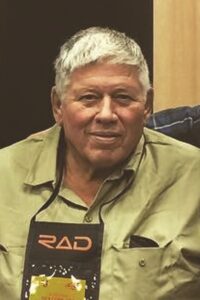
Dr. Ed Ashby
Dr. Ed Ashby, a legend in the archery hunting community, dedicated more than 27 years to the study of arrow performance and broadhead lethality. His involvement in the historic Natal Study helped validate just how lethal archery equipment could be on all sized big game animals and was the main reason that bowhunting was ever legalized in South Africa.
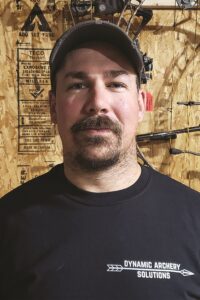
Rob Hummel
With a background in fabrication and engineering, the current standard being pushed by the industry didn’t feel right when Rob first entered the world of archery. Fortunately, after being directed to some of the reports from Dr. Ed Ashby’s field research it all began to align with the mechanics he already understood. Over the last decade, Rob has continued pushing to bring consistent lethality to the forefront of the archery industry.
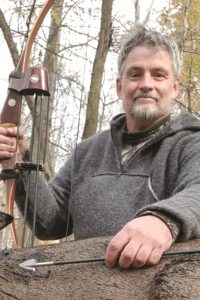
Todd Smith
For over 40-years, his passion for bowhunting and thirst for knowledge and understanding have driven Todd to learn everything he could about arrows, broadheads, and arrow lethality. Todd is an author, public speaker, and has helped to educate tens of thousands of bowhunters on how to set themselves up for bowhunting successes by using proven – lethal – arrow and broadhead set-ups.

What’s the Ashby Bowhunting Foundation all about?
The Ashby Bowhunting Foundation is dedicated to continuing Dr. Ed Ashby’s research and to ensuring that bowhunters everywhere will have free access to information that will help them build extremely lethal and reliable arrow and broadhead setups for all species of big game. The foundation was started in 2017 to continue the work of Dr. Ed Ashby that has benefited bowhunters worldwide for decades. The Foundation’s goal is to provide information to achieve the highest possible success rate and reduce the wound/non-recovery rate of big game to the lowest level possible. Through a program of continuing research, the Foundation seeks to find the most lethal arrow setups, taking into account all possible hits under real hunting conditions, controlled testing and using freshly culled animals. The results of this testing is always made available to the global bowhunting community free of cost, utilizing multi-media outlets for information and test results. The Ashby Bowhunting Foundation is excited for this opportunity to partner with DSC and to share these articles with all DSC members so they can make informed decisions of whether to change to arrow and broadhead combinations that will increase their odds of bowhunting success under all situations and conditions. For more information please visit: https://www.biggame.org/ashby-bowhunting-foundation

